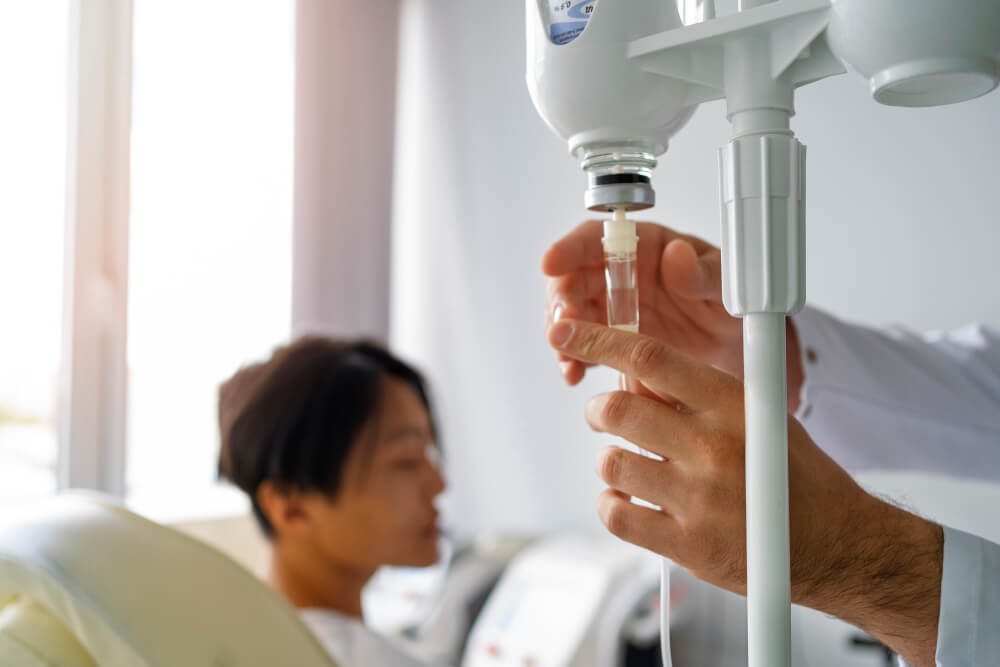Power of Infusion: A Dive into the World of Liquid Therapeutics
Imagine a river flowing through your veins, delivering a potent blend of healing agents directly to your cells. This is the essence of infusion therapy, a powerful tool in modern medicine that bypasses the digestive tract and delivers medication, fluids, or nutrients directly into the bloodstream. This article delves into the intricate world of infusion therapy, exploring its uses, benefits, types, and procedures, empowering you to understand this vital medical intervention.
The Symphony of Infusion: Understanding the Melody of Treatment
Infusion therapy acts like a conductor, orchestrating a symphony of treatment options for various conditions. It offers several advantages over traditional oral medication:
- Direct Delivery: Infusion delivers medication directly into the bloodstream, bypassing the digestive system, ensuring faster absorption and maximizing efficacy.
- Precise Control: The dosage and duration of infusion therapy can be precisely controlled, allowing for targeted and individualized treatment.
- Enhanced Efficacy: Some medications are not effective when taken orally, but infusing them directly into the bloodstream unlocks their full therapeutic potential.
- Hydration and Support: Infusion therapy can provide crucial hydration and electrolyte support in cases of dehydration or malnutrition.
The Diverse Choir of Uses: When Infusion Therapy Takes the Stage
Infusion therapy’s versatility makes it a valuable tool for treating a wide range of conditions, including:
- Cancer: Chemotherapy drugs are often administered through infusions, targeting cancer cells directly and effectively.
- Autoimmune diseases: Infusion therapy can manage autoimmune disorders like rheumatoid arthritis and Crohn’s disease by suppressing the immune system.
- Infectious diseases: Certain antibiotics and antiviral medications are delivered through infusions for severe infections.
- Blood disorders: Blood transfusions and iron infusions are essential for managing conditions like anemia and hemophilia.
- Nutritional deficiencies: When oral intake is impossible or insufficient, nutrient infusions provide vital support.
The Concerto of Types: Exploring the Different Forms of Infusion Therapy
Infusion therapy comes in various forms, each tailored to specific needs:
- Intravenous (IV) infusion: The most common type, involving inserting a catheter into a vein and administering the medication or fluid.
- Subcutaneous (SC) infusion: This slower, gentler approach involves injecting medication under the skin, often used for insulin or pain management.
- Intrathecal (IT) infusion: Medication is delivered directly into the cerebrospinal fluid surrounding the spinal cord, primarily for treating neurological conditions.
The Orchestral Procedure: Understanding the Infusion Process
The infusion process involves several steps:
- Preparation: A qualified healthcare professional selects the appropriate medication, dosage, and type of infusion.
- Catheter Placement: An IV line or catheter is inserted into a vein, usually in the arm or hand, for IV and SC infusions.
- Medication Administration: The medication or fluid is slowly administered through the catheter or syringe pump.
- Monitoring: Vital signs and infusion flow are monitored throughout the procedure to ensure safety and efficacy.
- Removal: Once complete, the catheter is carefully removed, and the insertion site is cleaned and dressed.
Beyond the Medical Staff: Your Role in Infusion Therapy Success
While medical professionals orchestrate the infusion process, you play a crucial role in its success:
- Preparation: Discuss your medical history and any potential allergies with your healthcare provider.
- Comfort and Relaxation: Wear comfortable clothing and bring a book or activity to pass the time during the infusion.
- Hydration: Stay hydrated before and after the procedure, unless advised otherwise.
- Communication: Report any discomfort, changes in your condition, or questions to the healthcare staff immediately.
The Final Note: A Symphony of Hope and Healing
Infusion therapy isn’t just a medical procedure; it’s a symphony of hope and healing. It empowers healthcare professionals to deliver targeted treatments, improves drug efficacy, and offers relief for various conditions. By understanding the different types, uses, and procedures involved, you can become an informed participant in your own health journey. Remember, communication with your healthcare team is key to a successful and positive infusion experience.
So, the next time you encounter the term “infusion therapy,” remember its powerful potential to orchestrate a symphony of healing and empower you to reclaim your well-being.


